Introduction
Generative AI has rapidly evolved from a cutting-edge research topic to a technology that touches our daily lives in countless ways. From the content we consume to the tools we use for work and creativity, these AI systems are silently transforming how we interact with technology and each other.
Call to Action: Have you noticed how AI has subtly entered your daily routine? As you read through this article, take a moment to reflect on how many of these applications you’ve already encountered, perhaps without even realizing it!
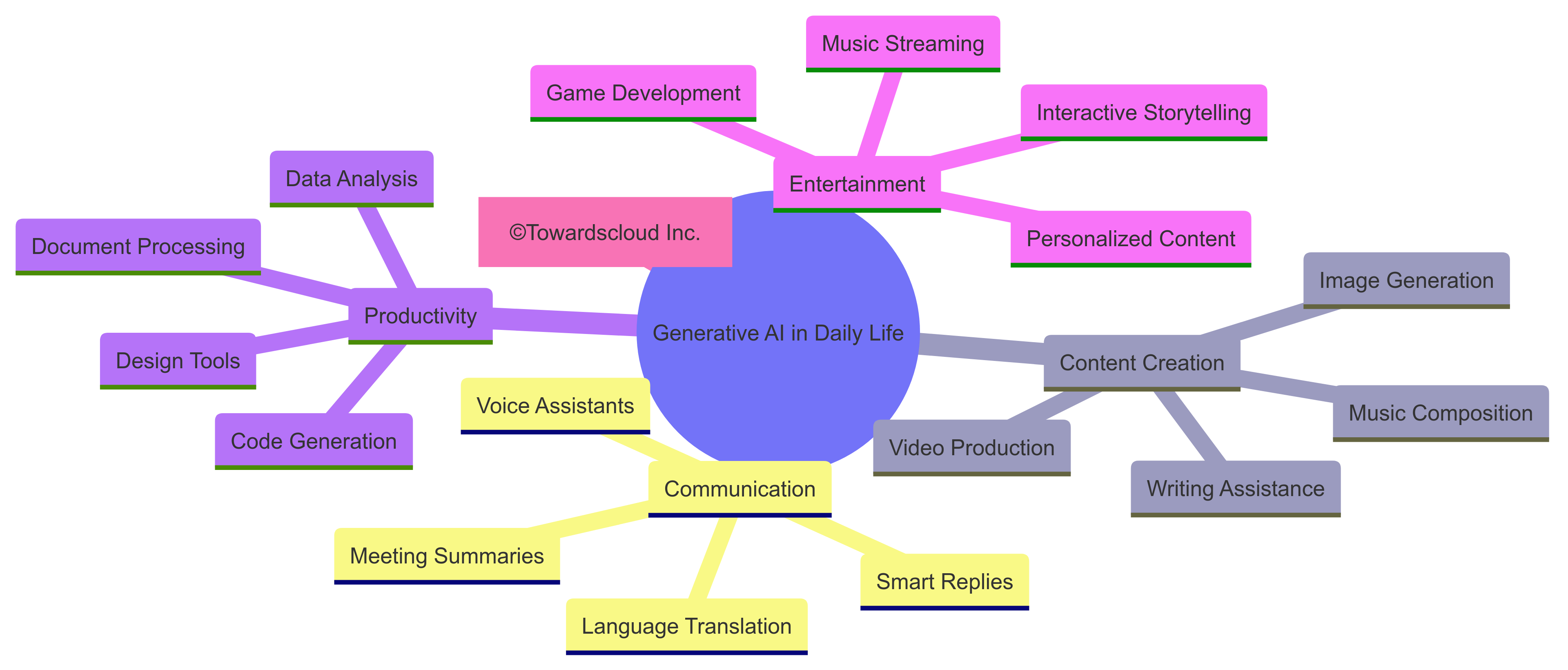
Content Creation: From Blank Canvas to Masterpiece
Generative AI is revolutionizing how we create content, making sophisticated creation tools accessible to everyone regardless of their technical skills.
Writing and Text Generation
AI writing assistants have become invaluable tools for various writing tasks:

Popular tools include:
- Grammarly for grammar checking and style improvements
- Jasper for marketing content generation
- Notion AI for integrated writing assistance
Call to Action: What writing tasks do you find most challenging? Consider how an AI writing assistant might help streamline your workflow. Share your thoughts in the comments!
Image Generation and Editing
AI image generators have democratized visual content creation:

| Tool | Specialization | Popular Uses |
|---|---|---|
| DALL-E | Photorealistic images, artistic styles | Marketing materials, concept visualization |
| Midjourney | Artistic and stylized imagery | Art projects, mood boards, creative ideation |
| Stable Diffusion | Open-source image generation | Custom implementations, specialized applications |
| Canva | Integrated design with AI features | Social media posts, presentations, marketing materials |
Audio and Music Generation
AI is composing music, generating sound effects, and even creating realistic voice overs:

Popular audio AI tools include:
- Mubert for AI-generated royalty-free music
- ElevenLabs for realistic text-to-speech
- Descript for audio editing with AI transcription
Communication: Breaking Down Barriers
Generative AI is transforming how we communicate across languages, time zones, and platforms.
Language Translation and Learning
AI-powered translation has made cross-language communication nearly seamless:
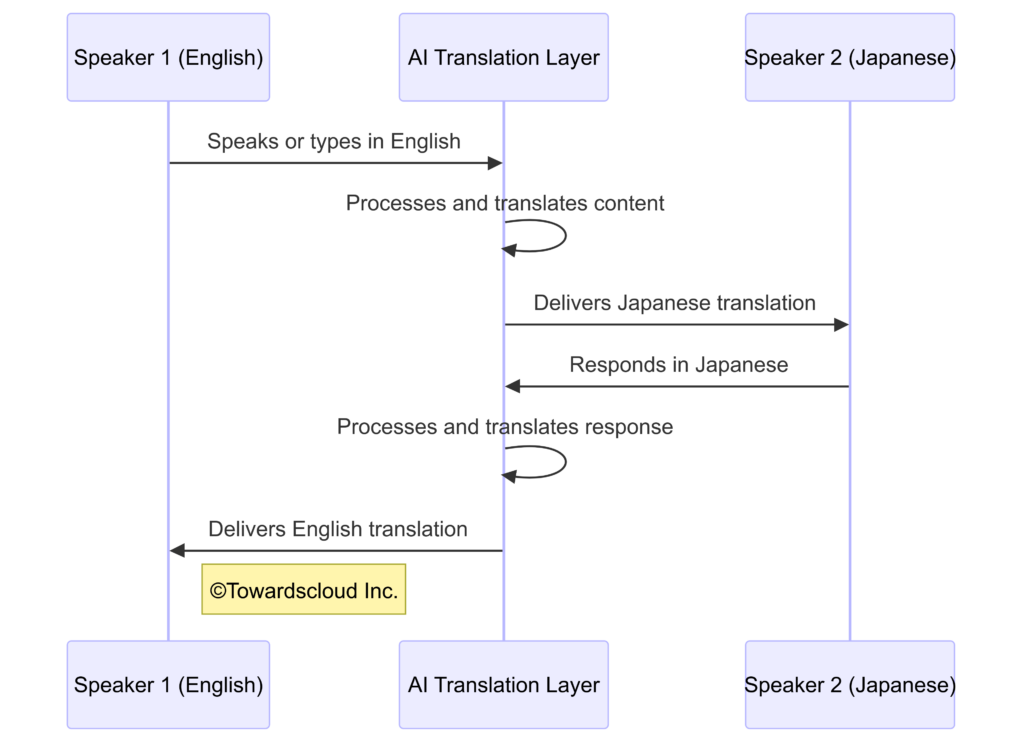
- Google Translate now handles over 100 languages with near-real-time conversation capabilities
- DeepL offers nuanced translations that better preserve context and tone
- Duolingo uses AI to personalize language learning paths
Smart Communication Assistants
AI is helping us communicate more effectively across all channels:
| Communication Feature | Everyday Application | Example |
|---|---|---|
| Smart Replies | Suggested responses in email and messaging | Gmail’s Smart Compose feature |
| Meeting Summaries | Automated notes from video/audio calls | Otter.ai for meeting transcription |
| Email Organization | Priority inbox and categorization | Gmail’s inbox categories |
| Communication Scheduling | Optimal timing for messages | Boomerang for Gmail |
Call to Action: Think about your most common communication challenges. How might AI-powered tools help overcome language barriers or save time in your daily interactions? Have you tried any of these tools?
Productivity: Your AI Copilot
Generative AI is becoming an invaluable assistant for a wide range of professional tasks.
Code Generation and Software Development
AI coding assistants are transforming software development:

Tools like GitHub Copilot and Amazon Q (CodeWhisperer) can:
- Generate entire functions from natural language descriptions
- Suggest code completions as you type
- Explain complex code in plain language
- Convert between programming languages
Data Analysis and Insights
AI is making data analysis more accessible to non-specialists:

- Microsoft Power BI with Q&A features allows users to ask questions in natural language
- IBM Watson Discovery finds patterns and insights in unstructured data
- Google Sheets now includes AI-powered formula suggestions and data analysis
Document Processing and Management
AI has transformed how we handle documents and information:
| AI Document Feature | Practical Application | Popular Tools |
|---|---|---|
| Intelligent Search | Finding information across documents | Microsoft 365 Copilot |
| Automatic Summarization | Extracting key points from lengthy documents | Notion AI |
| OCR & Data Extraction | Converting images to editable text | Adobe Acrobat |
| Contract Analysis | Identifying important clauses and terms | DocuSign Insight |
Entertainment and Media: Personalized Experiences
Generative AI is creating more personalized and interactive entertainment experiences.
Content Recommendation and Personalization
AI recommendation engines have become sophisticated curators of our entertainment:

- Netflix uses AI to suggest shows and even customize artwork based on your preferences
- Spotify creates personalized playlists like Discover Weekly based on listening patterns
- TikTok algorithm quickly learns user preferences to serve highly engaging content
Gaming and Interactive Entertainment
AI is enhancing gaming experiences in multiple ways:
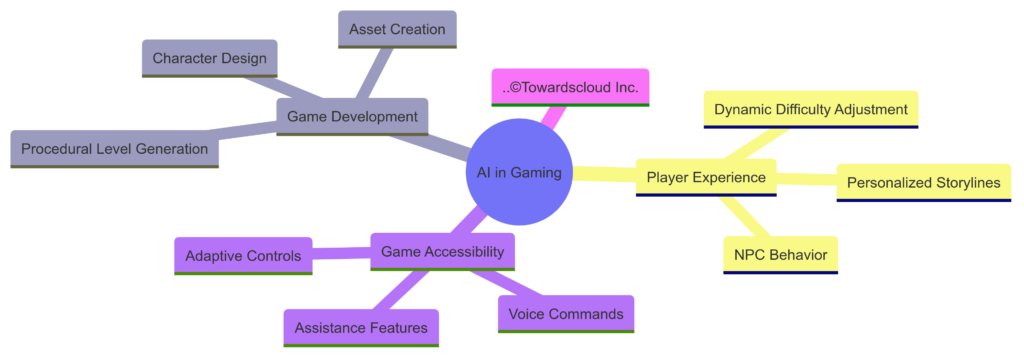
Notable examples include:
- No Man’s Sky uses procedural generation to create a virtually endless universe
- AI Dungeon creates interactive stories that respond to player input
- Modern games use AI to adjust difficulty based on player skill level
Call to Action: What’s your favorite AI-enhanced entertainment experience? Have you noticed how streaming services and games adapt to your preferences? Share your experience in the comments!
Personal Assistance: AI in Your Pocket
Voice assistants and smart personal tools have become ubiquitous in our daily lives.
Voice Assistants and Smart Homes
AI-powered voice assistants have become central to many households:

Common voice assistants include:
- Amazon Alexa with extensive smart home integration
- Google Assistant with powerful search capabilities
- Apple Siri integrated across Apple devices
Health and Wellness
AI is helping us monitor and improve our health:
| AI Health Application | Functionality | Examples |
|---|---|---|
| Fitness Tracking | Personalized workout recommendations | Fitbit Premium |
| Meditation & Mental Health | Adaptive mindfulness programs | Headspace |
| Sleep Analysis | Sleep pattern tracking and suggestions | Sleep Cycle |
| Nutrition Planning | Personalized meal recommendations | Noom |
Education and Learning: Personalized Knowledge
Generative AI is transforming how we learn, study, and develop new skills.
Tutoring and Educational Support
AI tutors can provide personalized learning experiences:
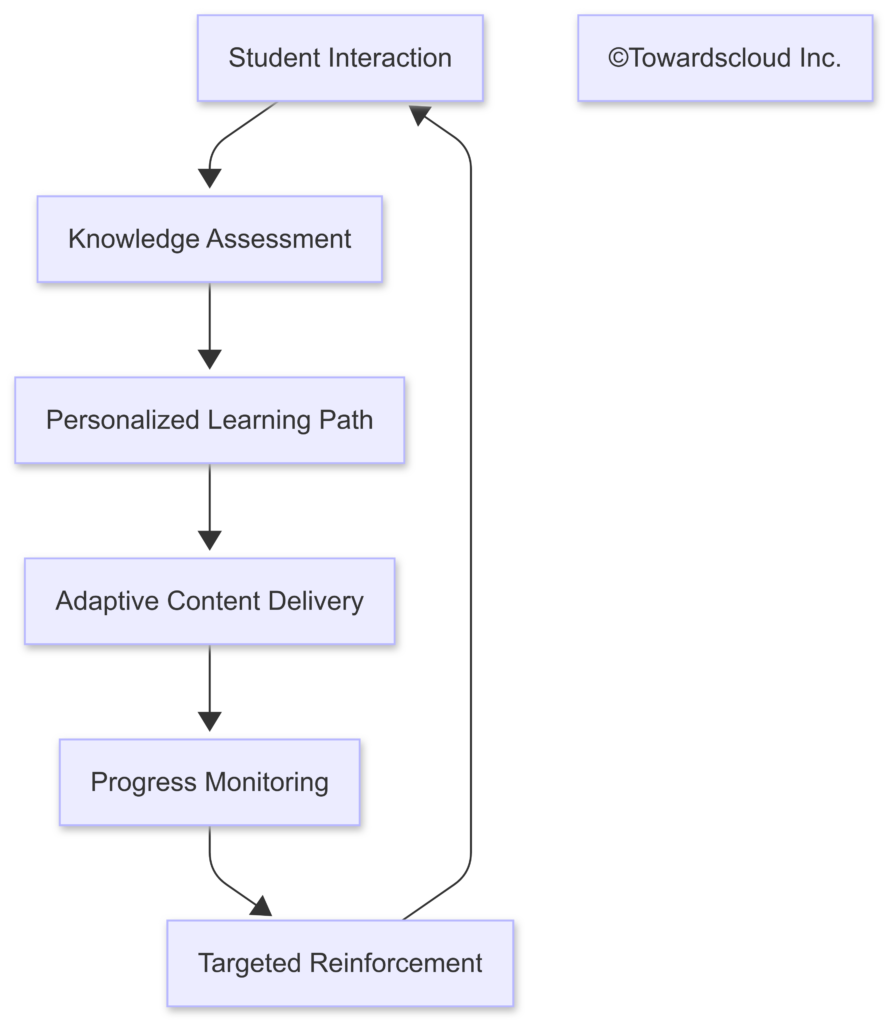
- Khan Academy’s Khanmigo provides personalized tutoring and homework help
- Duolingo adapts language learning to individual progress and needs
- Photomath solves and explains math problems from photos
Research Assistance and Knowledge Management
AI is helping researchers and students manage information more effectively:
| AI Research Tool | Purpose | Example |
|---|---|---|
| Literature Review | Summarizing research papers | Elicit |
| Citation Management | Organizing references | Zotero AI Assistant |
| Concept Explanation | Breaking down complex topics | Quizlet Q-Chat |
| Study Note Generation | Creating study materials | Notion AI |
Call to Action: Are you using AI tools in your learning journey? What educational challenges do you think AI could help solve? Share your experiences or thoughts in the comments!
Professional Tools: AI in the Workplace
AI is transforming professional workflows across industries.
Design and Creative Workflows
AI tools are augmenting the creative process for designers:

- Adobe Firefly generates images and effects integrated with Creative Cloud
- Figma AI features assist with UI design and prototyping
- Runway offers AI video editing and visual effects tools
Business Intelligence and Decision Support
AI is helping businesses make data-driven decisions:
| Business AI Application | Function | Popular Platform |
|---|---|---|
| Sales Forecasting | Predicting revenue based on historical data | Salesforce Einstein |
| Customer Sentiment Analysis | Monitoring customer feedback across channels | Qualtrics XM |
| Market Trend Prediction | Identifying emerging trends | IBM Watson Discovery |
| Process Optimization | Identifying inefficiencies | Microsoft Power Automate |
E-Commerce and Shopping: AI as Your Personal Shopper
Generative AI is revolutionizing the online shopping experience.
Product Discovery and Recommendations
AI helps consumers find products that match their preferences:

- Amazon‘s recommendation engine influences up to 35% of all purchases
- Stitch Fix uses AI to select personalized clothing items
- Pinterest leverages visual search to help users discover products
Virtual Try-On and Visualization
AI is enabling virtual shopping experiences:
| Virtual Shopping Feature | Consumer Benefit | Example Platform |
|---|---|---|
| Virtual Clothing Try-On | See how clothes look without trying them on | ASOS Virtual Try-On |
| Furniture Visualization | Place furniture in your space using AR | IKEA Place App |
| Beauty Product Simulation | Test makeup virtually | L’Oréal’s ModiFace |
| Eyewear Virtual Try-On | See how glasses frames look on your face | Warby Parker Virtual Try-On |
Call to Action: Have AI shopping recommendations led you to discover products you love? Or have you tried virtual try-on features? Share your experience in the comments!
Finance and Personal Money Management
AI is helping individuals and businesses manage finances more effectively.
Personal Finance Management
AI-powered tools are making personal finance more accessible:
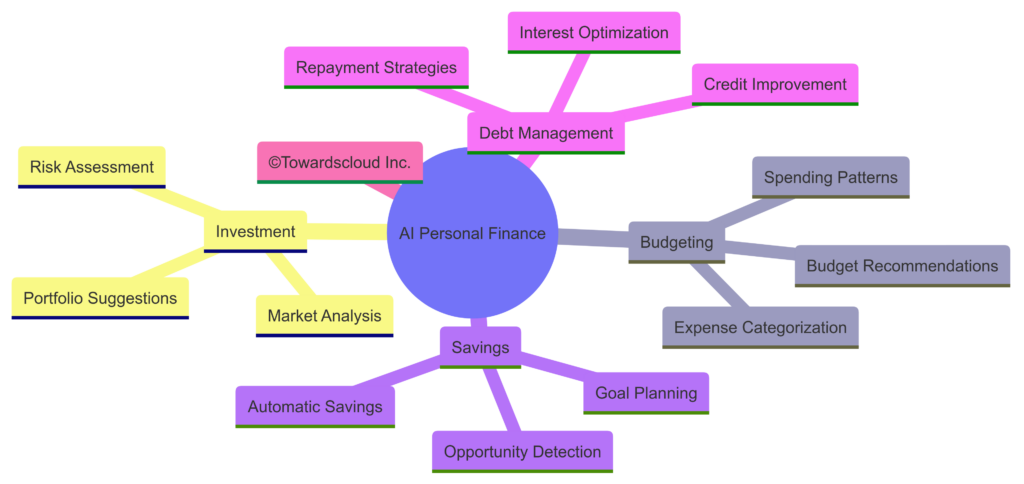
Popular tools include:
- Mint for automated expense tracking and budgeting
- Wealthfront for AI-powered investment management
- Cleo for conversational financial advice
Fraud Detection and Security
AI has become essential for financial security:
| AI Security Feature | Protection Provided | Implementation |
|---|---|---|
| Unusual Transaction Detection | Identifies potentially fraudulent purchases | Credit card company monitoring systems |
| Login Behavior Analysis | Spots suspicious account access | Banking app security features |
| Scam Communication Filtering | Identifies potential phishing attempts | Email and text message filtering |
| Identity Verification | Secure authentication processes | Facial/voice recognition in financial apps |
Accessibility: Making Technology Available to All
Generative AI is breaking down barriers for people with disabilities.

Notable accessibility applications include:
- Seeing AI describes the visual world for blind and low-vision users
- Live Transcribe provides real-time speech-to-text for deaf users
- Voice Access enables comprehensive voice control of devices
- Microsoft Reading Progress helps students improve reading skills
Ethical Considerations and Challenges
As generative AI becomes more integrated into our daily lives, important ethical considerations arise:

Privacy and Data Protection
As AI systems process more personal data, privacy concerns grow:
- Voice assistants record conversations in our homes
- AI writing assistants analyze our writing patterns and content
- Health applications collect sensitive medical information
Bias and Representation
AI systems can perpetuate and amplify existing social biases:
- Image generators may reflect societal stereotypes
- Language models can produce biased content
- Recommendation systems may create filter bubbles
Sustainability Concerns
Training and running large AI models requires significant computing resources:
- Major language models can have substantial carbon footprints
- Daily use of multiple AI tools contributes to energy consumption
Call to Action: What concerns do you have about AI in your daily life? How do you balance the benefits with potential drawbacks? Share your thoughts in the comments!
The Future: What’s Next for Everyday AI?
Looking ahead, several trends will likely shape how generative AI continues to integrate into our daily lives:

1. Ambient Intelligence
AI will become more seamlessly integrated into our environments:
- Smart homes that anticipate needs without explicit commands
- Ubiquitous assistants that understand context across devices
- Proactive rather than reactive assistance
2. Multimodal Integration
Future AI will move fluidly between different types of content:
- Translate concepts between text, images, audio, and video
- Generate coordinated content across multiple mediums
- Create more natural human-computer interfaces
3. Personalization at Scale
AI will enable mass customization of products and services:
- Education tailored to individual learning styles and needs
- Entertainment that adapts to emotional states and preferences
- Healthcare recommendations based on comprehensive personal data
Conclusion
Generative AI has already transformed countless aspects of our daily lives, often in ways we don’t immediately recognize. From the content we consume to how we communicate, shop, work, and learn, these technologies are becoming increasingly woven into the fabric of everyday experience.
As these tools continue to evolve, they promise to make technology more natural, accessible, and personalized. The challenge ahead lies in harnessing these capabilities while addressing important concerns around privacy, bias, transparency, and sustainability.
The most exciting aspect of generative AI isn’t just what it can do today, but how it will continue to expand the boundaries of what’s possible tomorrow—creating new opportunities for creativity, connection, and problem-solving in our everyday lives.
Call to Action: How has generative AI changed your daily routine? Which applications have you found most useful or interesting? Share your experiences in the comments below, and don’t forget to subscribe to our newsletter for more insights on the evolving world of AI and cloud technologies!
For the reason that the admin of this site is working, no uncertainty very quickly it will be renowned, due to its quality contents.
Please share the website with your firends and family to spread the knowledge. We are updating the content on a regular basis, keep visiting.
I like the efforts you have put in this, regards for all the great content.
Thank you very much Jaylen, I hope you found the post useful. Please note that we’ll be continuously adding new content and update the existing content. Please share the website with your friends, family and colleagues. We encourage you to also try tcAudio and tcQuiz and provide feedback.
Great information shared.. really enjoyed reading this post thank you author for sharing this post .. appreciated
I really like reading through a post that can make men and women think. Also, thank you for allowing me to comment!
I very delighted to find this internet site on bing, just what I was searching for as well saved to fav
Great information shared.. really enjoyed reading this post thank you author for sharing this post .. appreciated
Thank you, please continue to visit for more exciting work coming up ahead.
This blog has opened my eyes to new ideas and perspectives that I may not have considered before Thank you for broadening my horizons
Thank you, Please share the website with your firends and family to spread the knowledge. We are updating the content on a regular basis, keep visiting.